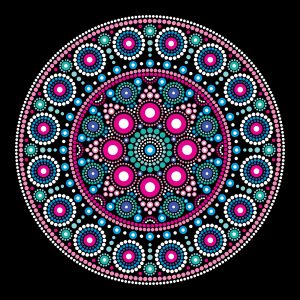Principles for principles
Apr 11th
What do we mean by organisation design principles?
When I’m asked to help define the principles for an organisation redesign, the first stage usually ends up as a long shopping list of what people wish for. The hard work in the next stage is unpacking the different kinds of things that people call ‘principles’ and then excavating, boiling down, negotiating and refining into a usable set of principles for organisation design.
The root of the word ‘principle’ is in the notion of what you ‘first catch’, hence the idea of a principle being first in time or order. The OED gives three main meanings of the word ‘principle’ and these uses can help us to make sense of that long shopping list.
- What I call ‘design drivers’ – OED I: ‘origin, source, source of action’. These should:
- Be a small number of principles that answer the questions: What are you reorganising for? What questions does the design have to answer?
- Link clearly back to strategic objectives and/or an operating model
- Secure the core purpose of the redesign or reorganisation
- What I call ‘design rules’ – OED II: ‘fundamental truth, law’.
- One set of rules are the principles of good design that apply universally across all organisations. And one of the best known of these are the Goold and Campbell ‘tests’ which form a framework to guide good design choices http://tools.ashridge.org.uk/Website/IC.nsf/wFARATT/The%20Nine%20Tests%20of%20Organisation%20Design/$file/NineTestsOfOrganisationDesign.pdf
- A different set of universal good design rules, but complementary to Goold and Campbell, is in the framework for designing value-adding and optimal hierarchy originating in Elliot Jaques’s Requisite Organization. I work with the framework as developed by Brian Dive, dmaconsultancy.com, also applied as ‘Space to Lead’
- All organisations should be striving to be as effective as they can be and therefore constantly applying universal rules of good design. In practice the application and implementation of these rules is not often the main driver of a reorganisation or its ‘source of action’. (Although Space to Lead can be the origin of reorganisation)
- A second and important set of design rules are the ‘must-haves’ mandated by legislation and regulatory regimes or corporate standards. If the regulatory regime requires the specification and separation of certain accountabilities, then the design must be able to show that. These ‘must-have’ rules don’t drive the design but perform an important veto function in considering options.
- What I call ‘design elements’ – OED III: ‘rudiment, element, component, part’
- Most of the long list of desirables fall under this category. Some of them may be conditions that it is desirable for the redesign to meet (e.g. career development, inclusion), some of them may be principles of how the change should be delivered
- Distinguishing between an element (Category 3), a rule (Category 2) and a driver (Category 1) is critical for how they are used. Many ‘principles’ e.g. ‘lower cost’ or ‘become employer of choice’ could be what you are reorganising for (i.e. a design driver) or a ‘nice to have’ design element once all other more important principles having been satisfied.
- Apply the test: are you reorganising primarily in order to become the employer of choice in your industry?
Any of these 3 kinds of principles may also have associated metrics or parameters which can be tested directly in the design e.g. cost or ‘no more than 7 layers from the front line to the Chief Executive’.
Applying design principles
Unpacking the long list of design principles is important because of how you want to use them. Going back to the root of the word – those that you ‘catch first’, that have primacy, are the ones you apply first. My experience is that you can drive design from a handful of principles – say up to 6. Any more than that and the trade-offs and choices become too complicated.
When you are testing options, if you have a long list of, say, 27 undifferentiated principles, all you can do is tick boxes and score. And then, in my experience, you end up in an argument why this option which scored 24 is better than the one that scored 26 because it meets more important criteria.
Save that wasted effort and be clear what the most important criteria are (the design drivers). Focus on those first; test any design issues that arise against the design drivers; put effort into working through the implications of trade-offs between design drivers.
Then use the design rules and list of design elements to challenge, refine and improve the winning options.
So, listen carefully to those conversations about the org design – often what you ‘catch first’ are indeed the key principles, the drivers of the design
JBJ


